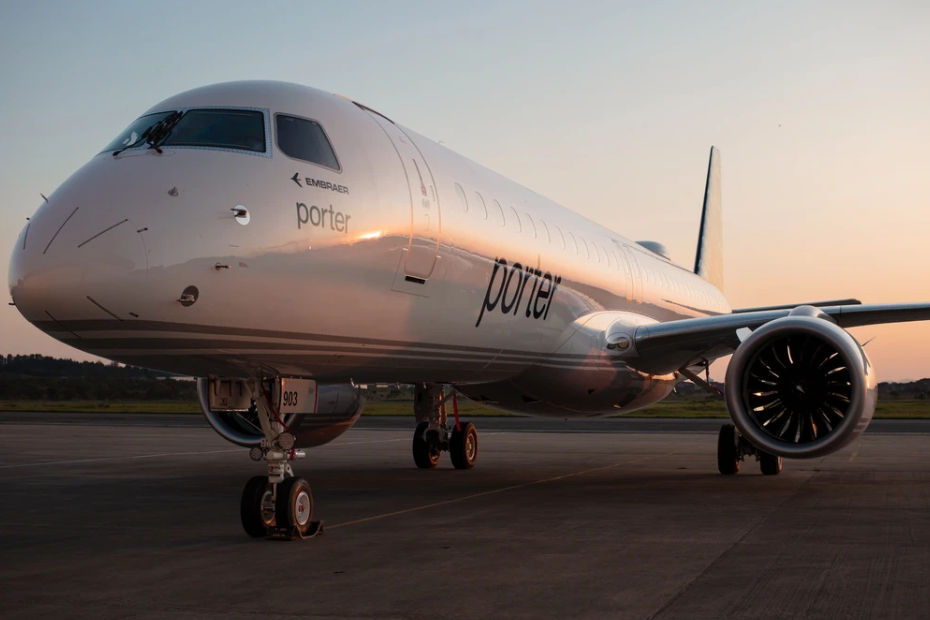Boeing, United Airlines and NASA to Conduct Air-to-Air SAF Tests
- Joe Breitfeller

- Oct 12, 2023
- 2 min read
Through a partnership with Boeing, United Airlines and NASA, a Boeing ecoDemonstrator, a United 787-10 MAX, will fly on SAF while being trailed by NASA’s DC-8 Airborne Science Lab to study how SAF can reduce soot and impact contrails.

On Thursday (October 12, 2023), Boeing announced that in partnership with NASA and United Airlines, the group will test SAF benefits with air-to-air flights. The testing will also be supported by the FAA, GE Aerospace, the German Aerospace Center (DLR) and World Energy. As part of the study, a Boeing ecoDemonstrator, a United Airlines 737-10 MAX, flying on SAF, will be trailed by NASA’s DC-8 Airborne Science Lab to test how SAF can reduce soot and impact contrails. During testing, the Boeing 737-10 ecoDemonstrator will fly with 100 percent SAF and conventional jet fuel in separate tanks. NASA’s Airborne Science Lab will fly behind the commercial jet and measure emissions and contrail ice particles produced by each type of fuel.
In Thursday’s announcement, Boeing’s Chief Sustainability Officer, Chris Raymond, said,
“We are honored to collaborate with NASA, United Airlines, and other valued partners on research that will strengthen the industry's understanding of the benefits of SAF beyond reducing carbon emissions. We’ve solved hard problems before, and if we continue to take meaningful actions, I'm confident we'll achieve a more sustainable aerospace future, together.”
Also commenting on the SAF test collaboration, NASA’s Mission Integration manager for Sustainable Flight national Partnership, Rich Wahls, said,
“Flight testing is complex and resource-intensive, yet it's the gold standard for understanding how sustainable aerospace innovations affect changes in contrails and climate. This is why we're bringing NASA's DC-8 to bear on this collaboration, where the valuable flight data will improve our predictive models.”
United Airlines’ Chief Sustainability Officer, Lauren Riley, added,
“This collaboration between Boeing, NASA and United has the potential to not only help us better understand contrails but to provide the full scope of what our transition to SAF can provide beyond greenhouse-gas reductions.”

NASA's DC-8 Airborne Science Lab - Courtesy Boeing/PRNewswire
The SAF for the air-to-air tests will be provided by World Energy from their Paramount, California facility. Additional support will be provided by the FAA via funding through the ASCENT Center of Excellence, and by GE Aerospace, who will provide technical expertise and additional funding. The German Aerospace Center (Deutsches Zentrum für Luft) is providing experts and instrumentation.
Boeing and NASA conducted SAF emissions ground testing on an Alaska Airlines 737-9 MAX in 2021, and on ecoDemonstrator 777-200ER and 787-10 flight test jets in 2022. Compared to conventional jet fuel, SAF can reduce lifecycle emissions by up to 85 percent, and Boeing is committed to delivering airplanes compatible with 100 percent SAF by 2030.
Source: Boeing


